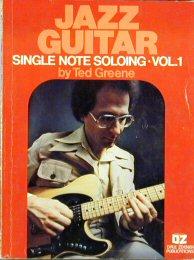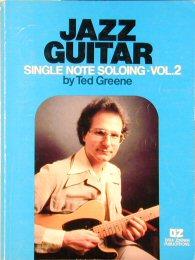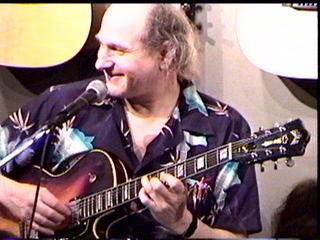 Chris Weinkopf of the Daily News opinion section brought in this Yamaha C45R classical guitar, shown at right, which I strung for him with D'Addario Pro Arte strings. It seems to be the same as the Yamaha C40, but perhaps a special model for Costco, where he bought it.
Chris Weinkopf of the Daily News opinion section brought in this Yamaha C45R classical guitar, shown at right, which I strung for him with D'Addario Pro Arte strings. It seems to be the same as the Yamaha C40, but perhaps a special model for Costco, where he bought it.Anyway, it's pretty good for $99. Yamaha does a surprisingly good job with these inexpensive acoustic guitars, which are made in China. About a year or so ago, I picked up a Yamaha FG-403S from Guitar Center for $199 -- it's a steel-string flatttop guitar with a solid spruce top. Now the C45 (like the C40 before it) does not have a solid top (what do you expect for $99?) but it does have a Javanese rosewood bridge and fingerboard. It's interesting that Indonesia is a now source of rosewood (going from Brazil to India and now Java.) The back and sides are Indonesian mahogany (probably laminated, as is the top (of undertermined wood).
I didn't get a whole lot of time with it, but from stringing it, I noticed that the holes in the bridge and the tuners were a bit narrow -- not a problem, because they will hold the strings tighter as well as provide a cushion for wear -- those holes will only get bigger as strings are taken in and out over the years.
Still, you can get a whole lot of guitar for $99. Yamaha guitars seem to be very traditionally built -- these acoustics all have set necks and fairly standard construction. Nice guitars to learn on -- and to take just about anywhere without worrying too much.
Now I'm not a member of Costco (can't justify spending $40-something for the privilege of buying stuff I don't need in amounts I can't store), but if you know anybody who is, you just might want to ask them to order one or two for you. Also, Costco has one of the best return policies around -- they will usually take a return with no questions asked, although in this case I doubt you'e need or want to give the guitar back.
No doubt, a solid top will sound better, but I bought my Yamaha as a beater, and since it's so nice, I haven't been beating it around enough. It's probably better to buy the guitar used and already abused. I did that with my Goya classical, and now the back's coming loose. It's just not a good idea to leave guitars in the trunks of cars -- the dranatic temperature changes will really loosen things up. That's why everybody needs a beater or two. Gotta see what I can find out there for $free to $25.
For those looking at good, cheap acoustics, Yamaha has a new line out, the Acoustic FG series, at right, with a nice range of models starting at $279, including six- and 12-strings, plus acoustic-electric. Here's a Musician's
 Friend review of the new guitars (predictably positive, since they're selling them, but it's some information to consider nonetheless).
Friend review of the new guitars (predictably positive, since they're selling them, but it's some information to consider nonetheless).To my ears, the Yamahas don't sound like Martins, they certainly don't sound like Taylors. These are just good working guitars that sound ... like a guitar. And the necks are very comfortable. My friend Bruce just bought a Takamine steel string (can't remember the model) for $200, and it sounds and plays pretty well, but the neck is a bit chunky (not that I'm not used to that, coming from the substantial neck of my Fender Lead I solidbody). I just got used to the comfortable neck of the Yamaha, which is that much easier to play because of its matte finish (the rest of the guitar is glossy).



